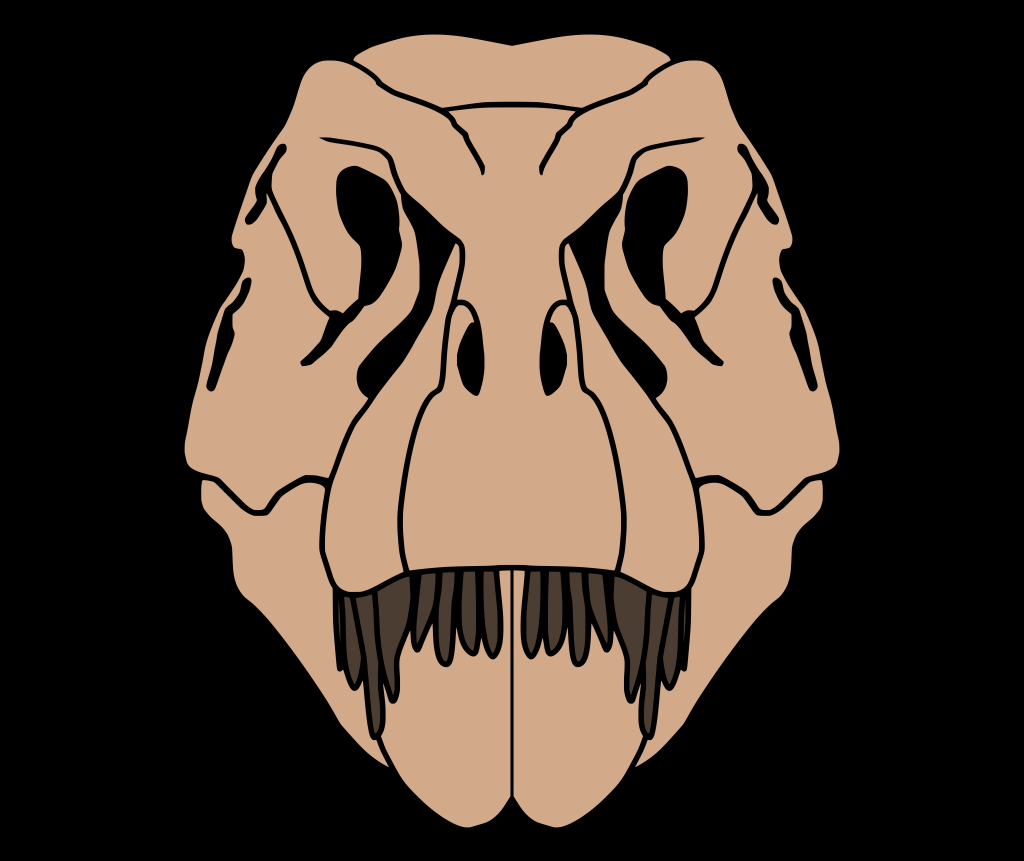C. M. Kosemen
Artist and independent researcher from Ankara, Turkey. A graduate of the Cornell University, Istanbul’s Sabancı University and London’s Goldsmiths College. Kosemen is interested mainly in surreal art, Mediterranean history, palaeontology, evolution, zoology and visual culture. His art has been displayed in Catania, Vienna, Ulcinj, Istanbul, Ankara, London and Tel Aviv. On his account he has books such as: Osman Hasan and the Tombstone Photographs of the Dönmes, All Yesterdays: Unique and Speculative Views of Dinosaurs and Other Prehistoric Animals, and the Cryptozoologion, the Biology, Evolution and Mythology of Hidden Animals.
Link:
http://cmkosemen.com/
Szymon Górnicki: What do you think is the most interesting/exciting in paleoart?
C. M. Kosemen: My favourite thing in palaeoart is that it always keeps changing with new discoveries, animals, paradigm shifts… I used to find this annoying, but now I think it’s a great, invigorating aspect of the whole deal.
SG: If art didn’t exist, who would you have been instead?
CMK: I think I’d have wound up as an advertising / marketing type… But is a world without art truly possible?
SG: How did you become the co-author of the book All Yesterday ?
CMK: Let me clarify – I actually wrote most of the text in the original All Yesterdays. The book developed out of my friendship with palaeoartist John Conway. We were thinking about strange new perspectives and tropes on palaeoart. We made a pool of drawings and paintings, I wrote the text around the artworks, and the book was born.
SG: You have a Masters’ degree in Documentary Film. Therefore, what are your favorite paleontological documentaries and why?
CMK: I actually haven’t watched too many palaeo-documentaries after the original Walking With Dinosaurs. Somehow, the digital effects and the lack of proper stories make them seem unremarkable. One of my favourites, however, is the 2-d animated documentary from 1992, “The Dinosaurs”. The animations show Herrereasaurus, Stegosaurus, Ceratosaurus and others in a lifelike, vivid manner that 3-d computer graphics just can’t match. The carnivore-themed documentary, “Velvet Claw”, also from 1992, is another masterpiece with its evolutionary exposition. More recently, Dane Pavitt’s animated size comparisons on Youtube; “Marching Dinosaurs” and “Cenozoic Beasts”, are really informative, creative animations that really put prehistoric animals in a relatable, extraordinary perspective.
SG: Staying with the films. The same question only cinema movies. What are your favorites and why?
CMK: I have a general taste in films, too broad to list here. I like science-fiction, drama, adventure films, even romantic comedies and plain old comedy films. I dislike too much gore, blood and banal films – you can tell when the producers weren’t enjoying themselves. Some old films are under-rated classics; such as “In a Savage Land”, “Gorillas in the Mist”, “Out of Africa”, “Lawrence of Arabia”, etc. Even though they aren’t about palaeontology, they do a great job at transporting viewers to other, dare I say alien, realms…
SG: You are also interest in cryptozoology. What can be intriguing in cryptozoology, for paleontology enthusiasts?
CMK: People who like palaeontology are naturally drawn to c.zoology because of the common denominator of strange animals. If you consider Cryptozoology for what it is; modern folklore instead of a collection of supposedly “real” and fantastic beings; then both fields can also be said to have a certain literature about them.
SG: How would you rate art of the Jurassic park-fanart type, that is, inspired by paleontology but not scientifically correct?
CMK: I think it can be a useful “gateway drug” for proper palaeoart, and a broader appreciation of life and evolution. I don’t get very angry about it. We all started out with such visions.
I would like to thank to C. M. Kosemen for the interview and to you for reading.
Szymon

